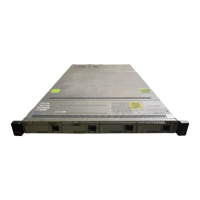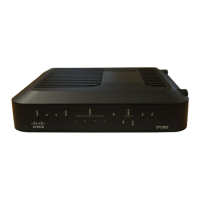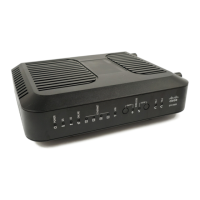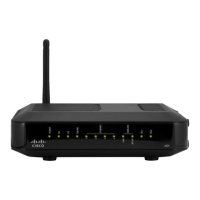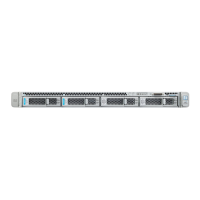How to Use This Document
The purpose of this document is to help you configure and troubleshoot connections between infrastructure
components related to Expressway deployments.
There is a section for each of the popular Expressway deployments. Each has a diagram showing the major
infrastructure components and the connections between them, and also lists the connections in a table format.
The deployments build on each other where necessary. For example, if you wish to implement Mobile and Remote
Access, you should first configure a traversal pair. These relationships are described in the relevant deployment
guides.
Default Port Ranges
The following defaults are used throughout this document. Default port ranges may occasionally change (if
unavoidable) as new features are developed. Our documents list the current default ports for the given version
number.
Note:In some cases throughout this document we list port ranges used by third party infrastructure. These are default
values and we cannot guarantee that these are correct for your environment. We recommend you follow the
supplier's documentation to configure those connections.
Protocol Purpose Current
Range
Details
TCP Ephemeral ports 1024-65535 Outbound HTTP/S, LDAP
UDP Ephemeral ports 1024-65535 DNS, outbound TURNrequests
TCP Ephemeral ports 30000-
35999
UDP Ephemeral ports 30000-
35999
TCP Outbound SIP 25000-
29999
UDP&TCP Inbound TURN
requests on
Small/Medium
Expressway-E
3478 On Expressway-E only. Configurable to a port >= 1024
UDP&TCP Inbound TURN
requests on
Large
Expressway-E
3478-3483 On Large Expressway-E only. Configurable to a six port range with
first port >=1024.
UDP TURN relays 24000-
29999
On Expressway-E only.
Table 2 Default Port Ranges on Expressway
5
Cisco Expressway IP Port Usage Configuration Guide
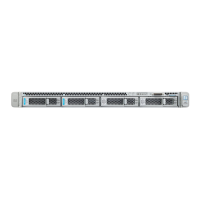
